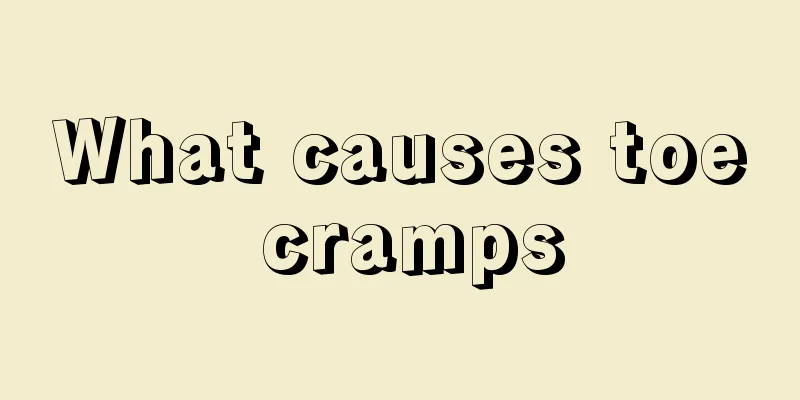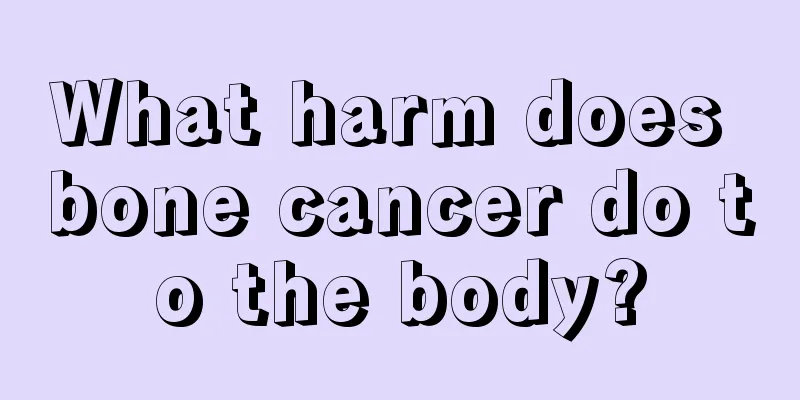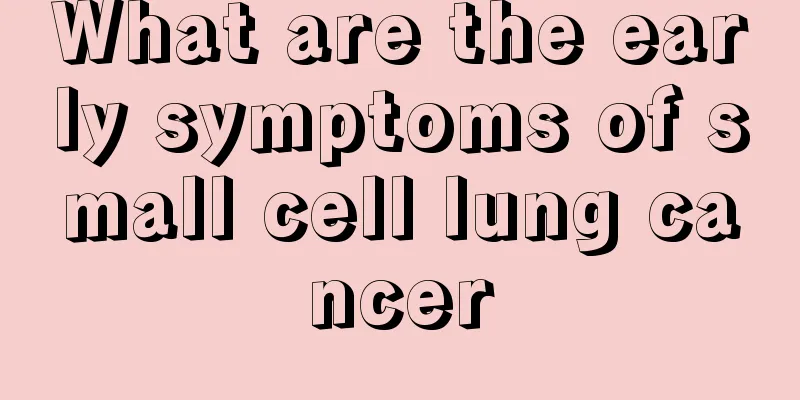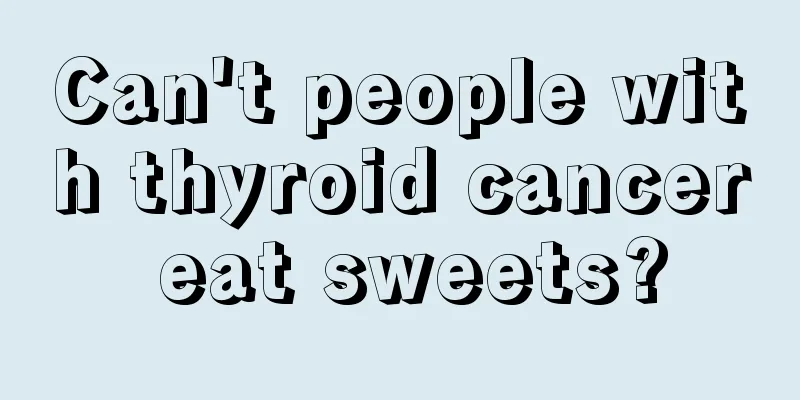What causes toe cramps

|
Some parts of the human body may occasionally experience cramps, which can feel very uncomfortable. Most people experience cramps in their sleep in the middle of the night, and they wake themselves up because of the cramps, which is very frustrating. Especially toe cramps, which are often more unbearable than cramps in other parts of the body. So what causes toe cramps? It is most likely caused by the following six reasons. 1 Cold stimulation Such as exercising in a cold environment in winter. Insufficient warm-up or low swimming water temperature in summer can easily cause toe cramps. If you don't cover yourself with a blanket when you sleep at night, your leg muscles will be stimulated by the cold and may also cause toe cramps. 2. Vigorous exercise During strenuous exercise. The whole body is in a state of tension, the leg muscles contract too quickly, the relaxation time is too short, the local metabolic product lactic acid increases, and the muscle contraction and relaxation are difficult to coordinate, which may cause toe muscle spasms and cramps. 3. Excessive sweating If you exercise for a long time, in large amounts, sweat a lot, and fail to replenish salt in time, a large amount of fluid and electrolytes will be lost in the body, metabolic waste will accumulate, and local muscle blood circulation will be poor, which can easily lead to toe cramps. 4. Excessive fatigue The calf muscles are most susceptible to fatigue when traveling long distances, climbing mountains, or climbing heights. Because every time I climb high. One foot supports the weight of the entire body. The strength required for the muscles of this leg to lift the foot will be six times the human body weight. When it is fatigued to a certain extent, calf cramps and toe cramps will occur. 5. Take too much rest Too much sleep or rest can lead to local accumulation of acidic metabolic products, which can cause muscle spasms. Because sleeping and resting too much for too long will slow down blood circulation and accumulate carbon dioxide in the body, it may induce toe cramps. 6. Calcium deficiency Calcium ions play an important role in muscle contraction. When the calcium ion concentration in the blood is too low, muscles become easily excited and cramp. Teenagers grow and develop rapidly and are prone to calcium deficiency, which can lead to leg and toe cramps. Pregnant women often experience cramps because the fetus needs a lot of calcium for development. |
<<: Why does eating onions make you fart
>>: How to use moisturizing toner?
Recommend
The efficacy of Taiping Houkui tea
China's tea culture is similar to or even dee...
A comprehensive list of reasons for growing canine teeth
Many people have canines on both sides of their t...
Can aloe vera gel cure acne
Nowadays, many young people do not pay attention ...
What should be checked after surgical treatment of thyroid cancer
Thyroid cancer surgery requires regular follow-up...
Is stomach cancer serious? A very serious disease
Gastric cancer is a very serious disease. It is a...
What's wrong with the red knee?
In daily life, many people are prone to redness a...
What is the effective way to treat toothache?
Toothache is a symptom that can be caused by many...
What is the cause of uneven teeth and bleeding gums?
Oral problems are a major problem that plagues pe...
Boil banana peels in water
Bananas are very beneficial to the human body. Th...
Which department should I go to for diagnosis of lymphoma
Lymphoma is a notorious cancer that kills many pe...
Drooping lower lip
Many people have asymmetrical faces, which has a ...
The flesh next to the end teeth hurts so much
Most people's swollen and painful teeth occur...
Does a child’s hyperactivity indicate ADHD? How to identify ADHD
Many parents are often confused about whether the...
What should I pay attention to in my diet for bladder cancer?
The main dietary precautions for bladder cancer a...
The efficacy and function of frog grass
Speaking of frog grass, rural people may be more ...









